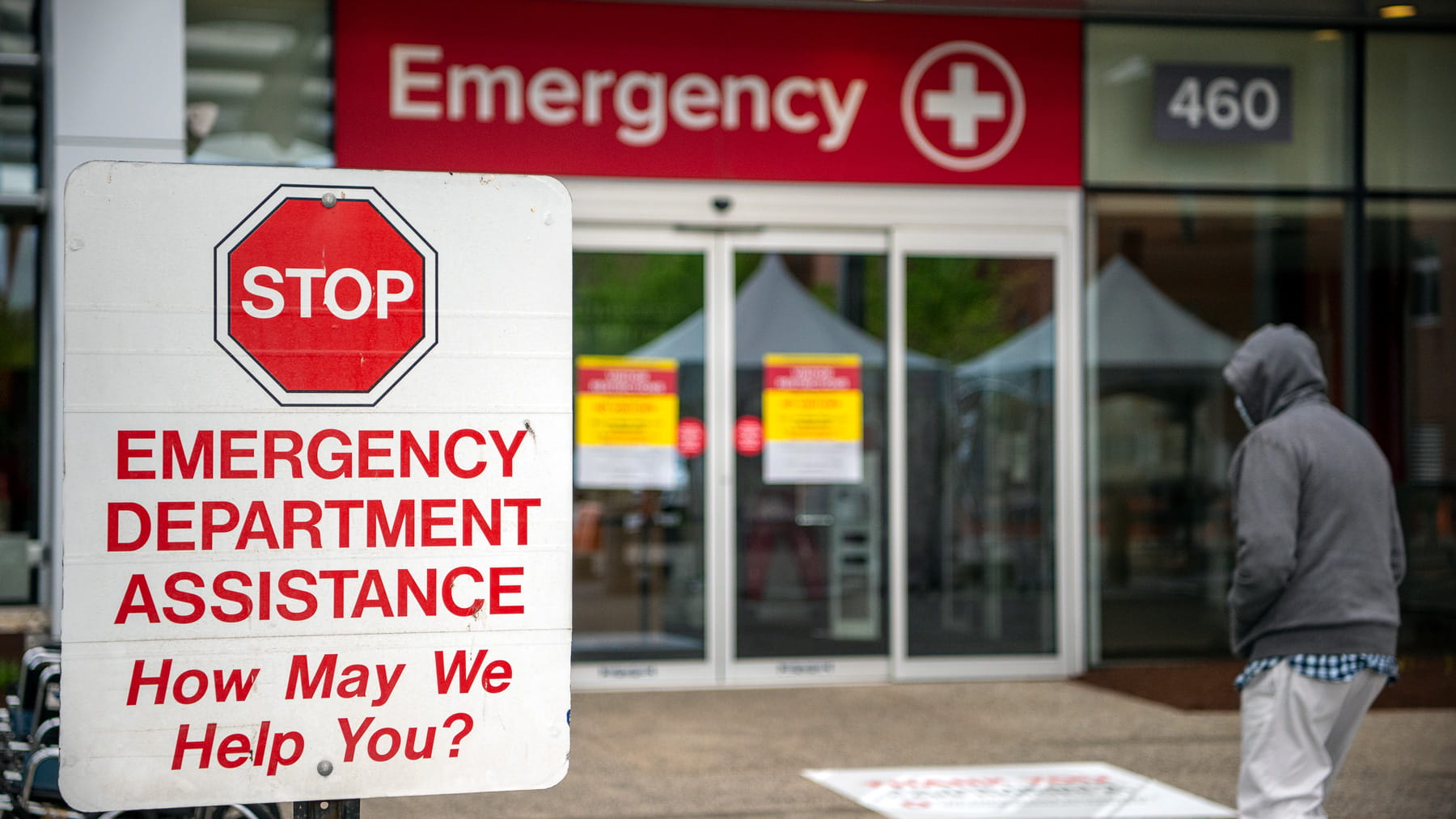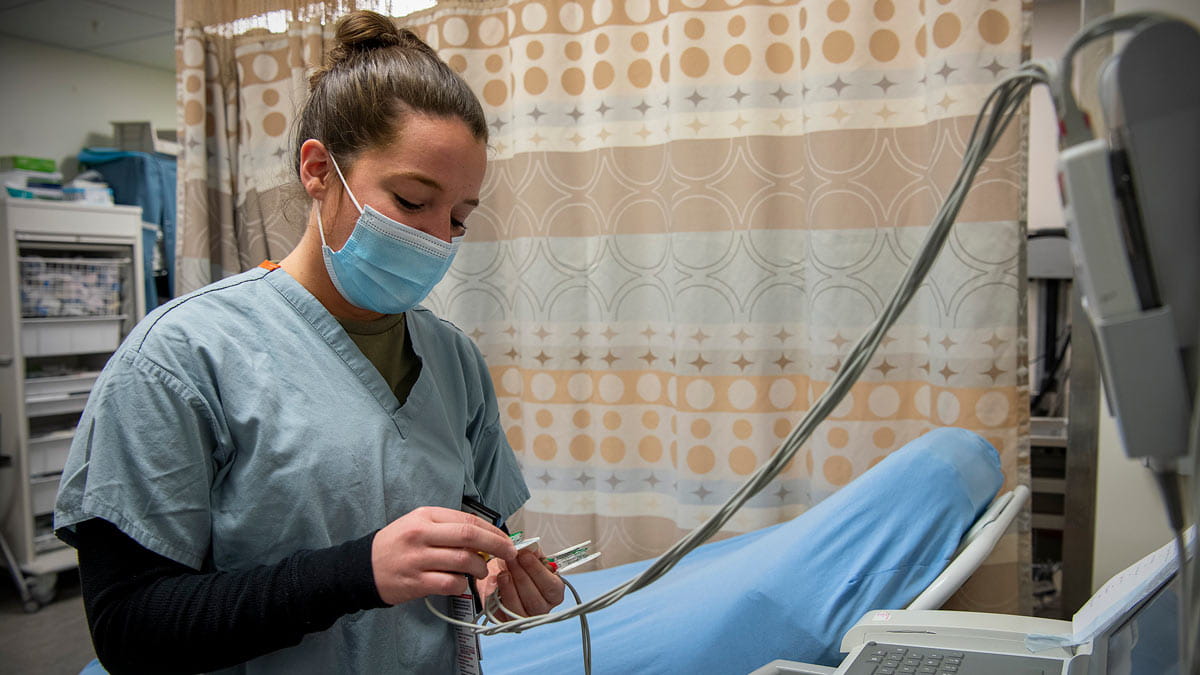Don't delay getting emergency care during COVID -19

Editor’s note: As what we know about COVID-19 evolves, so could the information contained in this story. Find our most recent COVID-19 blog posts here, and learn the latest in COVID-19 prevention at the Centers for Disease Control and Prevention.
During the COVID-19 outbreak, we’re advised to stay home as much as possible to limit the spread of the virus. Elective surgeries have been on hold to ensure there are enough beds for COVID-19 patients. But what should you do when you appear to be having a medical emergency? The answer is simple—call 911 and get help.
When it comes to a heart attack, stroke or other serious medical condition, a delay in seeking treatment can literally mean the difference between life and death. Ignoring new weakness, shortness of breath, headaches, chest pain or severe abdominal pain to avoid going to the hospital can be dangerous. These can be red flag signs of a potentially serious problem and require immediate emergency care.
There have been so many anecdotal stories of people skipping or delaying ER visits because of COVID-19 fears that the American College of Cardiology, American College of Emergency Physicians and other medical groups recently released a statement about it. The goal—to emphasize that emergency care shouldn’t be delayed because of COVID-19 fears.
If you’re afraid to go to the hospital because of COVID-19, keep in mind that safety precautions are in place in hospitals. Our team in the Emergency Department of The Ohio State University Wexner Medical Center is working hard to keep staff and patients safe from COVID-19 while still providing excellent emergency care.
What to expect when going to the emergency department:
- All patients receive a mask to be worn at all times
- All patients are screened for signs and symptoms of COVID-19. Those arriving by ambulance are screened as soon as they are placed in a room. Those arriving by private vehicle have the screening completed when they enter the triage area.
- Patients with signs of COVID-19 are isolated and tested for SARS-CoV-2, the virus that causes COVID-19, in addition to being evaluated for their medical problem. This helps us prevent the spread of the virus to other patients and staff.
- It’s important to know that no visitors are permitted at any of the Ohio State clinical sites, with only a few exceptions. This means that if a family member or friend brings you to the emergency department, they have to wait outside of the hospital for you.
Why you shouldn't avoid going to the emergency department:
Keep in mind that heart attacks are the No. 1 cause of death for Americans. Symptoms can include pain or tightness in the chest, shortness of breath, dizziness, nausea and pain in the jaw, arm or upper back. Strokes are also a leading cause of death, and symptoms are sudden numbness or weakness in the face, arm or leg; sudden confusion or difficulty speaking or understanding; loss of balance; and sudden trouble seeing in one or both eyes.
A pulmonary embolism (sudden blockage in a lung artery) also can be life-threatening. Symptoms include chest pain, shortness of breath and, if you have a blood clot, your leg could be swollen, warm or tender. Appendicitis can also be dangerous—symptoms include pain that begins around the belly button that intensifies over a couple of hours and migrates to the right hip bone area, loss of energy and appetite, and fever.
The bottom line: You can’t treat a heart attack, stroke, pulmonary embolism or other life-threatening conditions by yourself. Delaying treatment can mean long-term health effects or even death.
Ashley Larrimore is medical director of The Ohio State University Wexner Medical Center’s Emergency Medical Services and an assistant professor in the Ohio State College of Medicine.




